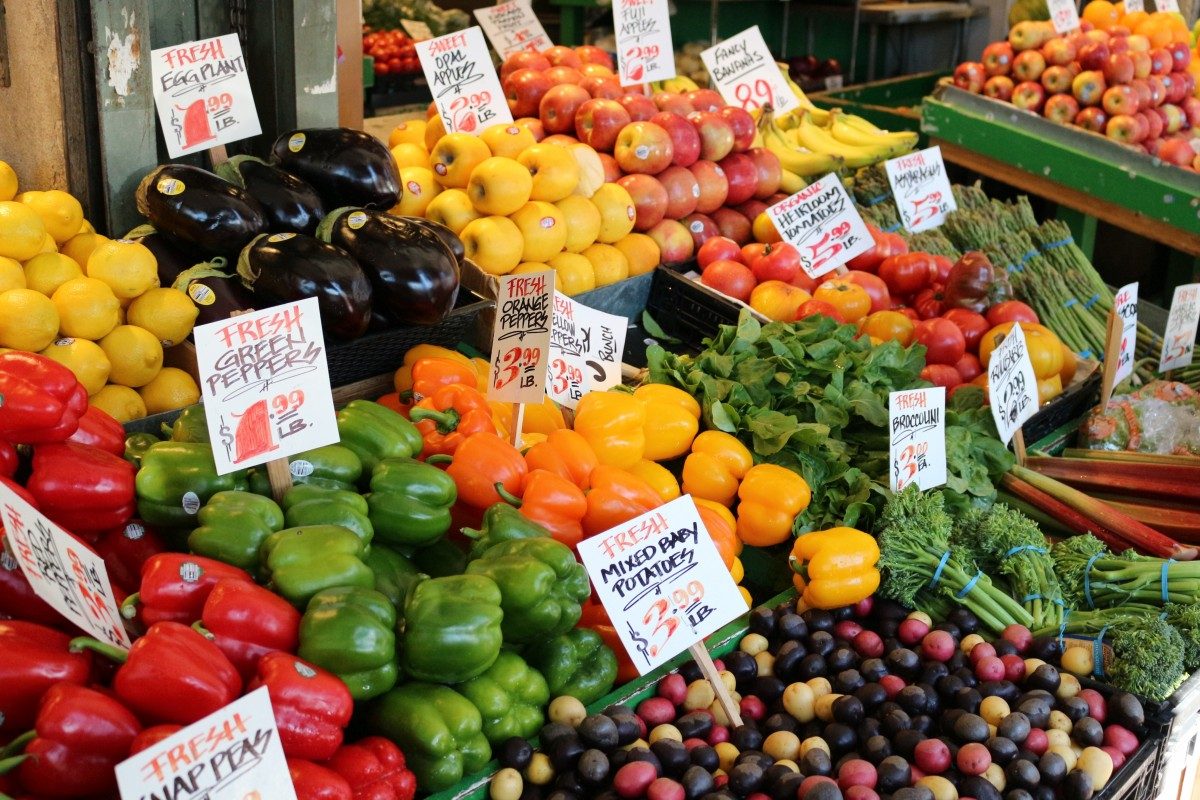Greens appear in almost every known food recipe today. Leafy greens are fresh, attractive, delicious, and nutritious, ranging from watercress to arugula. They are also well-liked. Salads have evolved over the last few decades from plain bowls of iceberg lettuce to magnificent culinary creations that take up the center of the dish.
Once mostly served as sides, greens like spinach and kale are increasingly used in both cooked and raw recipes, such as smoothies and desserts. For all leafy greens, there is one golden rule that should be followed: Washing them well is essential between buying and plating. As with any food, leafy greens must be handled carefully. Furthermore, fresh leafy greens have been linked to a few foodborne illnesses. Produce can be cleaned of some possible dirt and bacteria by rinsing it.
Tips for Washing Leafy Greens
Washing fresh greens thoroughly is the first step in preparing them, regardless of whether they are grown organically or commercially, bought from a farmers market or supermarket, and served raw or cooked.
Make sure your hands are clean before you begin.
Remove any broken leaves or stems before cooking or consuming the greens. Throw something away if it looks rotten. After the leafy greens have been cleaned and dried, chop or shred them with a clean knife to prevent cross-contamination.
Before chopping, preparing, or consuming leafy greens that aren’t marked as “pre-washed” or “ready-to-eat,” give them a good wash under running water. This simple method which is widely practised for food recipes today will lessen the amount of bacteria present.
Before washing, remove any cores from lettuce, such as iceberg lettuce. For loose leave that are difficult to hold under cold running water, use a salad spinner or a colander. Repeat after tossing them around in the flowing water. Washing vegetables in a sink full of water is never a good idea.
No soap
Never use soap, detergent, or bleach to wash leafy greens as these methods may leave behind residues that are unsafe for ingestion. Due to the possibility of residues, the U.S. Food and Drug Administration advises against using commercial crop washes.
Washing leafy greens is not required if they are branded as “pre-washed” or classified as “ready-to-eat.” food Use paper towels or a clean kitchen towel to pat dry fresh greens after washing them, or use a salad spinner to help drain extra moisture.
